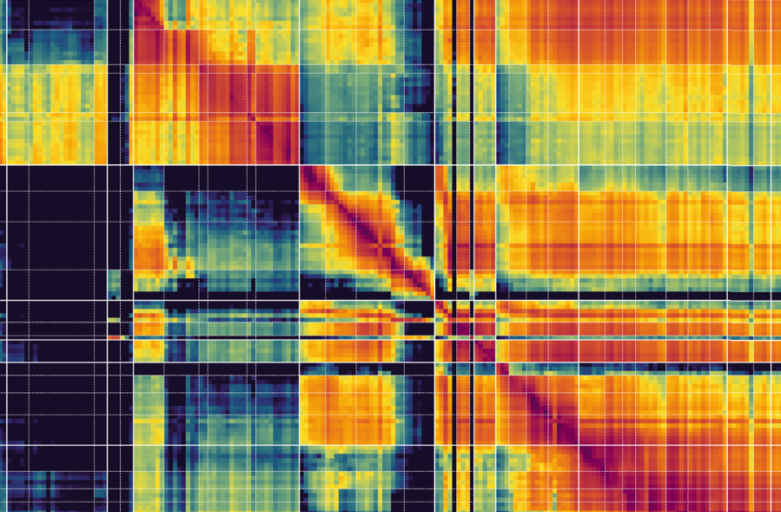The tropical southwest Indian Ocean is a coral biodiversity hotspot, with remote reefs physically connected by larval dispersal through eddies and a complex set of equatorial and boundary currents. Based on multidecadal, 2 km resolution hydrodynamic and larval dispersal models that incorporate temporal variability in dispersal, we find that powerful zonal currents, current bifurcations, and geographic isolation act as leaky dispersal barriers, partitioning the southwest Indian Ocean into clusters of reefs that tend to consistently retain larvae, and therefore gene flow, over many generations. Whilst exceptionally remote, the Chagos Archipelago can broadcast (and receive) considerable numbers of larvae to (and from) reefs across the wider southwest Indian Ocean, most significantly exchanging larvae with the Inner Islands of Seychelles, but also the Mozambique Channel region. Considering multi-generational dispersal indicates that most coral populations in the southwest Indian Ocean are physically connected within a few hundred steps of dispersal. These results suggest that regional biogeography and population structure can be largely attributed to geologically recent patterns of larval dispersal, although some notable discrepancies indicate that palaeogeography and environmental suitability also play an important role. The model output and connectivity matrices are available in full and will provide useful physical context to regional biogeography and connectivity studies, as well as supporting marine spatial planning efforts.

